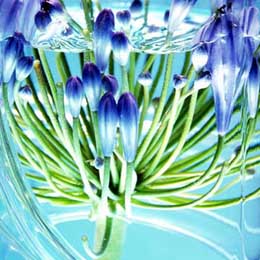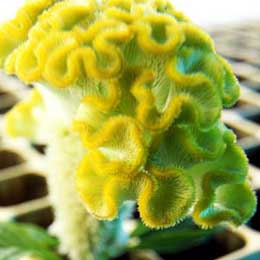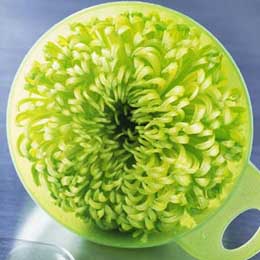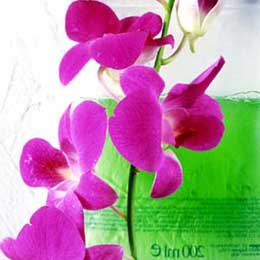| Fashion Flowers
For Autumn - Natural Chemistry |
Agapanthus
>
Agapanthus (from the Greek for 'flower
of love') came to Europe in the 17th century; brought here by the merchants of
the Dutch East India Company. Although these flowers are normally purple, there
are some pure white and some blue varieties. >
click for more info on agapanthus |
|
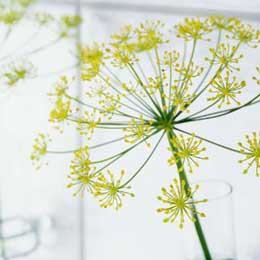 |
< Dill
Dill
is a plant long grown for its medicinal and flavouring properties. As a herb,
dill's soft, feathery, foliage is often used in cooking. Left
to flower, its flowerheads are a delicate lime or golden yellow, spreading out
like an umbrella above thick ridged hollow stems. >
click for more info on dill |
| Celosia
> This type of Celosia (pictured) is
Celosia cristata, meaning crinkled celosia. This unusual appearance is where the
flower gets its common name of cockscomb celosia. Some are so crinkled they are
almost circular, though most are a fan or cockscomb shape. >
click for more info on celosia |
|
| |
< Chrysanthemum Chrysanthemum
comes from the Greek "khrus anthemon", meaning "gold flower".
The flowers were highly prized by the Greeks. Chrysanthemums
are available in all sorts of colours, shapes and sizes. From spray varieties,
to single blooms they are amazingly versatile and very long lasting. >
click for more info on chrysanthemum |
| Dendrobium
> Dendrobium orchids used to be considered
exotic and extravagant, but in recent years they have become much more widely
available. They still ooze glamour and elegance, however, with just a couple of
stems adding a sophisticated touch to a room. >
click for more info on dendrobium |
|
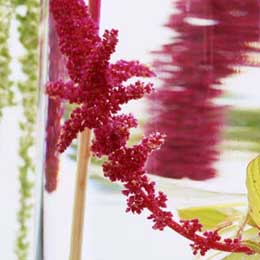 |
< Amaranthus Amaranthus
is native to tropical South America, and has an exotic appearance. There
are two main colours, a dark red - hence the common name for the plant, "love-lies-bleeding"
- and a lime green. The same colours are found in the upright variety, though
those reds can also have dark brown tints. >
click for more info on amaranthus |

